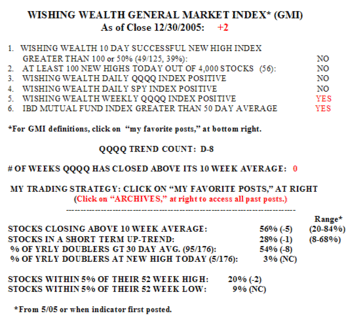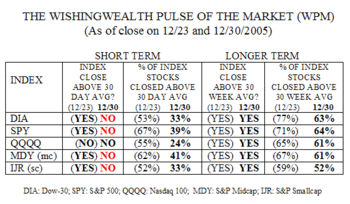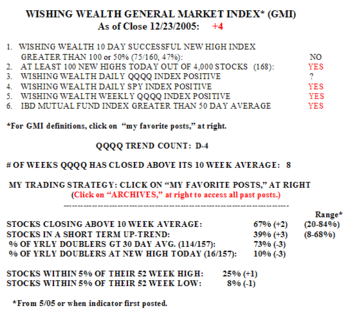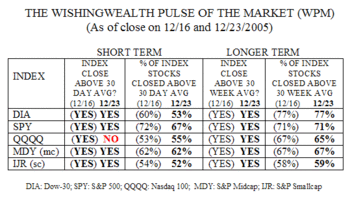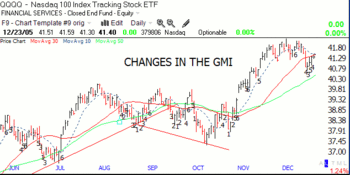“The best work I ever did in judging the market was when I devoted one hour a day in the middle of each session. I did not come to Wall Street. I had no news ticker. I seldom read the news items but judged solely from the action of the market itself; hence I was not influenced by any of the rumors, gossip, information or misinformation with which the Street is deluged day after day. The out of town investor is not under as much of a handicap as he might suppose. If he is trading and can get the result of the day’s operation in time to give his orders next morning, he is better off than the majority of people who come down here and hang over the ticker. His opinions are formed from the facts. He must know how to assemble these and draw the proper conclusions. But all he needs is the highest, lowest and last prices of these stocks he is watching. Without at all being egotistical, I believe I could go around the world and having arranged to have these few details of a stock like U.S. Steel or any other active issue cabled to me daily, I could cable my orders and come back with a profit. It would not be necessary for me to be advised of the volume of trading in that stock or the general market, although in some instances this might help. Certainly I would not care to have any news of any kind included in the cables.”
How I Trade in Stocks and Bonds, Richard D. Wyckoff, 1924
Richard Wyckoff, the famous trader and Wall Street editor, anticipated the very feats of Nicolas Darvas thirty years later, when Darvas made his fortune trading stocks as he danced around the world far from Wall Street. Darvas literally received end of day price quotes cabled from his broker in New York. When he received his weekly copy of Barron’s, he tore out all of the news and opinion pages and looked only at the stock prices. During this period of intense insulation from outside opinion and the media, Darvas said he could clearly interpret price patterns. When he began to make money trading and came to NYC to camp out in the Plaza Hotel to be close to the action, he lost his ability to trade. Only when he left the country and focused again only on prices did his judgment and trading success return. (Darvas’ incredible story is told in his two books cited to the right.)
So what does all this mean for us today? I am glad to be freed up from needing to talk to a broker to place my trades. In my youth, selling a stock that I was losing money on was very embarassing because I had to relay my orders through my broker. What would he think of all of my silly mistakes? So online trading has freed me up from that huge impediment to successful trading. However, the internet and the birth of CNBC and other business shows, have created huge new barriers to trading success. Over the years I, too, have learned that the more I insulate myself from outside influences and concentrate just on the movement of stocks, the better I trade. One must be a loner and confident in one’s own judgments to be a successful trader. Wyckoff’s advice remains incredibly applicable today, some 80 years later. The market and trading are deeply intertwined with human psychology, which has changed little over time……………
The GMI fell to +4 on Friday. More importantly, the GMI-S, which is a measure of just the short term trend, fell to 31. It had been 75 earlier in the week. 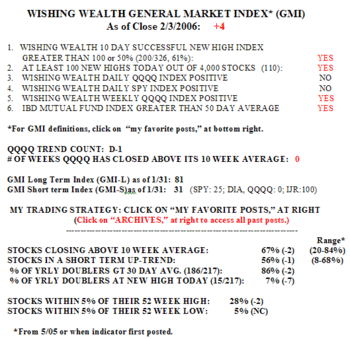 The QQQQ and the DIA have readings of zero, and the SPY has a reading of 25. The small cap index still reads 100. So there is a tale of two markets, for now. There were only 110 yearly highs in my universe of 4,000 stocks and only 7% of stocks that doubled the past year hit a new high. 20% of the Nasdaq 100 stocks rose on Friday, along with 28% of the S&P 500 stocks and 23% of the Dow 30 stocks. The QQQQ is now below its 10 week average and Friday was day one (D-1) in the new short term decline in the QQQQ. The GMI-L is at 81 and the long term trend is still up, for now.
The QQQQ and the DIA have readings of zero, and the SPY has a reading of 25. The small cap index still reads 100. So there is a tale of two markets, for now. There were only 110 yearly highs in my universe of 4,000 stocks and only 7% of stocks that doubled the past year hit a new high. 20% of the Nasdaq 100 stocks rose on Friday, along with 28% of the S&P 500 stocks and 23% of the Dow 30 stocks. The QQQQ is now below its 10 week average and Friday was day one (D-1) in the new short term decline in the QQQQ. The GMI-L is at 81 and the long term trend is still up, for now.
The WPM shows the considerable damage done to the large cap indexes last week. All indexes but the IJR (small caps) closed below their 30 day averages; only 39% of the QQQQ component stocks closed above their 30 day averages, along with 41% of the SPY stocks. 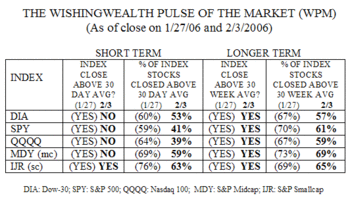 59% of the mid caps and 63% of the small caps closed above their 30 day averages. All five indexes remain above their longer term 30 week averages, as do the majority of their components stocks…………….
59% of the mid caps and 63% of the small caps closed above their 30 day averages. All five indexes remain above their longer term 30 week averages, as do the majority of their components stocks…………….
I get out of the market in my trading account when my short term indicators point to a down trend. I have therefore moved up all stops close to support levels and will be sold out if they weaken this week. With the end of earnings season approaching there is little to prop stocks up. I am also worried that the market has not been able to hold the rebound from the large decline on January 20. And I fear that the declines in stocks like AAPL, GOOG, ISRG and AMZN are ominous signs for the future of this market. By the way, doesn’t 4.7% unemployment mean that there are still about 15 million people looking for jobs? That estimate also excludes the millions who have given up looking for employment. How we play with economic statistics…………..
Please send your comments to: silentknight@wishingwealthblog.com.
